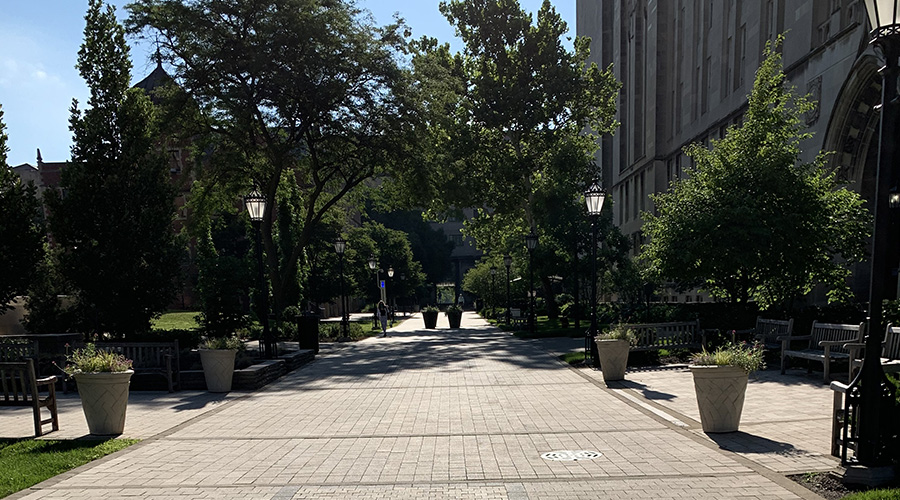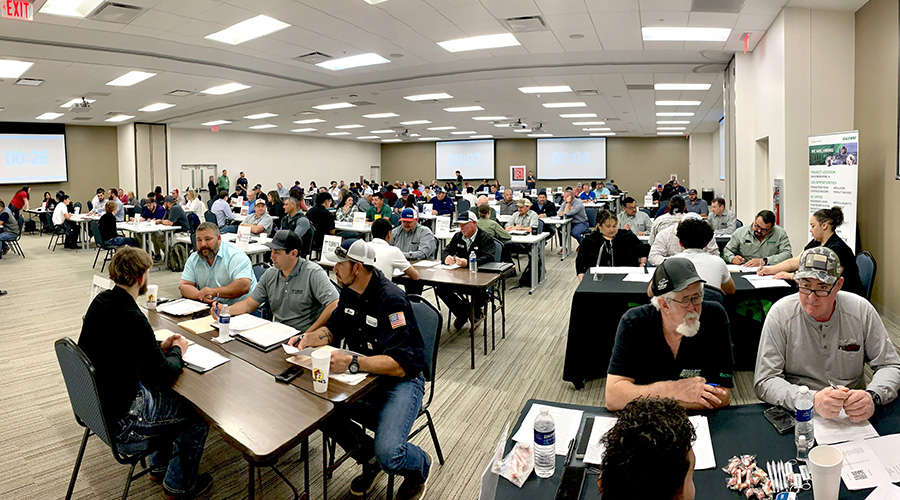Keeping an Eye on Data Center Efficiency
How do you know whether your data center is efficient? How effective is your maintenance program? The typical measurements have been temperature, humidity, and an estimate of the amount of IT energy on average per square foot the data center uses.
Those measurements are not enough anymore. With the increase in density and in energy use by data center equipment, the profession has moved toward power usage effectiveness (PUE), data center infrastructure efficiency (DCIE), and return temperature index (RTI).
Both PUE and DCIE are a measure of a data center's energy efficiency, which looks at the amount of energy the data center uses compared to the energy use for just IT functions. The DCIE is the reciprocal of PUE and reported as a percentage:
PUE = total energy use / IT equipment energy use
DCIE = IT equipment energy use / total energy use
RTI measures bypass or recirculation air, indicating either that cooling air might not get to the IT equipment but instead is returned to the cooling system or that warm air is recirculating to IT equipment.
This discussion has focused on existing air-cooled centers because most facilities use this solution. In the future, as data centers grow in heat density, the need for non-air-based or liquid-cooling solutions will become important. Manufacturers are developing systems that provide water or refrigerant cooling directly to racks and can handle much higher heat loads. They present design challenges with piping infrastructure, fittings maintenance, and the general concern of liquid in proximity with electronics. But they remove heat effectively.
Regardless of the type or size of a given data center and its cooling system, a well-defined maintenance program will improve the ability to understand the way the space is performing, develop strategies to improve it, and help with the ongoing maintenance of the space. This strategy also provides a platform to communicate cost and identify potential risk early, equipping the manager with needed information to emphasize the importance of operations and maintenance in terms the C-suite understands well.
Agree? Disagree? Have something to say?
We want to hear from you. Visit myfacilitiesnet.com/LaurieGilmer, and start a conversation.
Laurie Gilmer, P.E., CFM, SFP, LEED AP, CxA — is vice president of facility services with Facility Engineering Associates (FEA) and leads FEA's facility asset management, building energy management, and sustainability services. She has assisted managers in improving building systems operations, creating and implementing energy management plans, identifying energy saving opportunities, and LEED certification for existing buildings. Her experience includes sustainability, LEED, systems analysis, energy audits, commissioning, building systems planning, and controls reviews.
Related Topics:













